Winter preparation might not appear essential or a top priority presently, but initiating the process early will ensure your home is well-equipped to handle inclement weather down the line. Creating a proactive plan to fortify your home against winter challenges allows you to enjoy peace of mind as the season unfolds. From insulation upgrades to addressing potential vulnerabilities, taking these steps now will contribute to a more secure and comfortable living environment during the colder months.
Stop Cold Winds from Invading Your Doors & Windows
Winters do not seek your permission to enter the home, they simply invade in a most uninvited manner. No matter if you have rot-resistant wooden openings or ones treated by equally effective means, they still need protection from the potential damage caused by frosty weather.
Replacing the openings can cost you a hefty amount. Caulking or grouting, however, allows you to enjoy the snowfall worry-free. Grouting or caulking the interstice and holes around your home openings such as windows, doors, air conditioners, etc., will help in preventing breezy drafts from seeping in.
Pro Tip: It will be most effective if you do this on the periphery of your windows and doors molding so it won’t shrink or expand as the year progresses.
Uncovered Patio Furniture

Covering your outdoor furniture with covers is crucial in maintaining their integrity throughout the winter. Chair covers can preserve the quality of chairs throughout the season, extending their life and saving you the woes of having to replace them.
Make sure you do this on a warm sunny day to avoid moisture getting trapped inside the couch covers and follow these pro tips for protecting and storing your outdoor furniture, if necessary.
Icicles & Ice Dams

Icicles and ice dams may look fascinating, but they are a clear indication of upcoming weather. To be precise, these structures are a result of a “melting-refreezing” process caused due to inadequate insulation in your attic.
Alarmingly, ice dams can cause melted water to rollback beneath the shingles on the basen of your roof, which induces a pour down effect and can drip through the roof until enough water has pooled before gushing down into your home interiors. If ignored, these ice dams can damage the ceiling, wall surfaces, tear off the gutters, and all other interiors in a blink of an eye. You can either hire a professional or you can perform DIY by taking the required steps in fixing the air leaks and creating adequate insulation.
Clogged Gutter & Downspout
Fallen leaves on the gutter clog the entire drainage system. The overflowed rain gutters can cause snow or ice to thaw and refreeze, which in turn makes the home foundation feeble and prone to damage. Making it crucial to clean your gutters and drainage downspout by removing leaves, twigs, and grime.
Check for drooping gutters that retain water, tighten downspout brackets and gutter hangers, and replace any worn-out or damaged materials.
Uncovered Lawn & Yard Care Equipment

This category is yet another likely mistake that people often make during winters. First, not draining the gas from the lawn equipment, and second keeping the yard equipment exposed to the freezing temperature.
For the former, not draining the gas can gunk up your fuel and make your equipment run poorly. For the latter, a custom cover such as a grill cover is all you need to avoid pulling your equipment in and out during the changing weather. A reliable tie-down or a sandbag will certainly help in keeping your cover in place.
Frozen Pipes

Frosty winters and exposed pipe lines don’t mix, especially the ones exposed to the direct elements. Disconnecting all garden hoses and draining any water that has accumulated outside faucets to avoid frozen pipes helps to prevent freezing.
Keep a stream of water running in a few spigots during cold spells to prevent them from freezing and bursting. You can use heating cables or foam pipe sleeves to keep your pipes insulated for the duration of winter.
Ensure Your Heating System is Clean & in Good Condition
The average lifespan of a heating and cooling system is 12 to 15 years. There are systems that are nearly dead after ten years and systems that are still going strong even after twenty years. Much of it has to do with how they are maintained.
You can always maintain the integrity of your heating or cooling system’s condition by covering them with a well-fitted custom cover. Right before the weather turns chilly, use the opportunity to have your heating system inspected, cleaned, and change the filters if required.
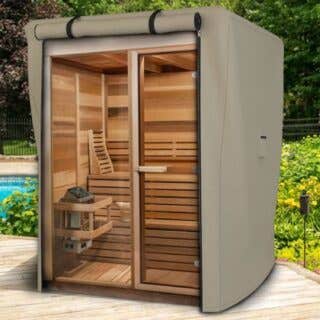

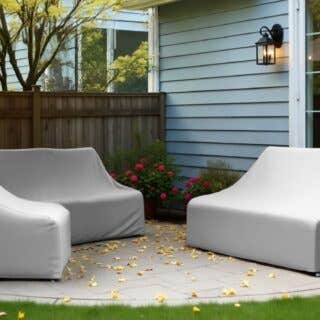



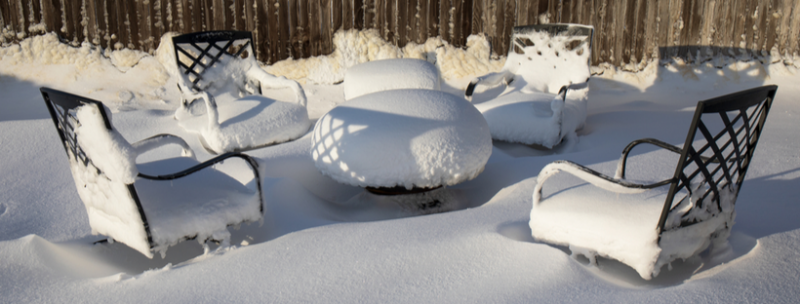
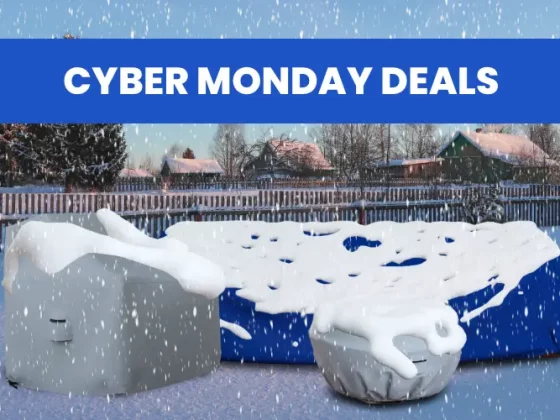
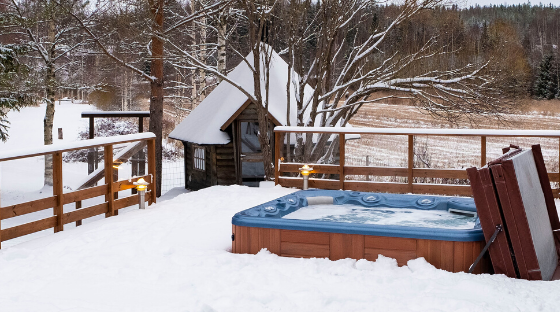
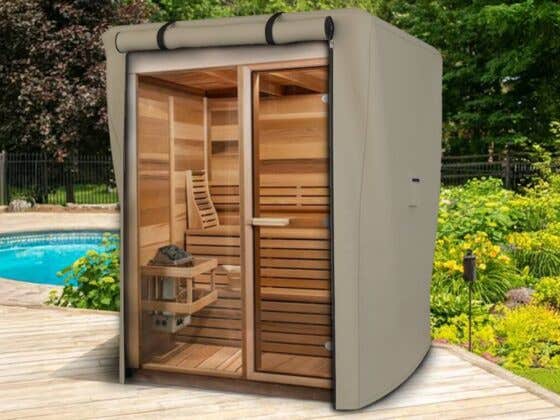




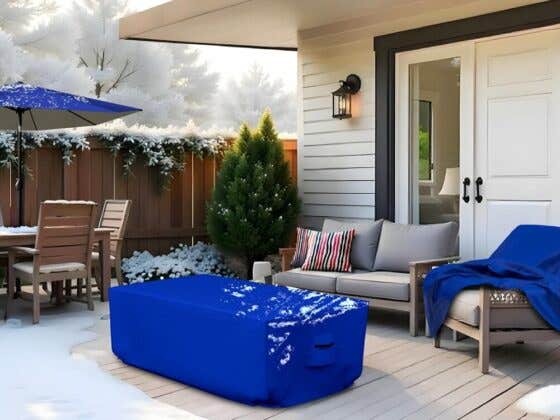


Recent Comments